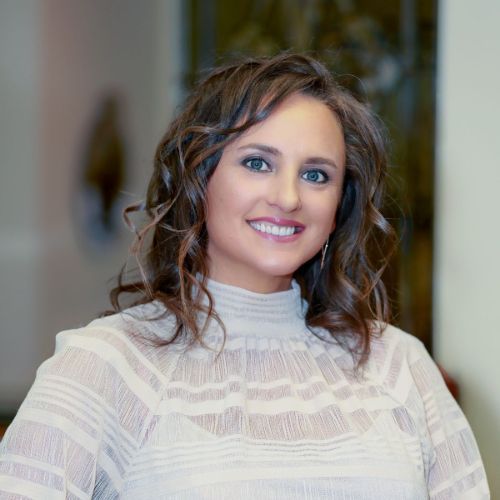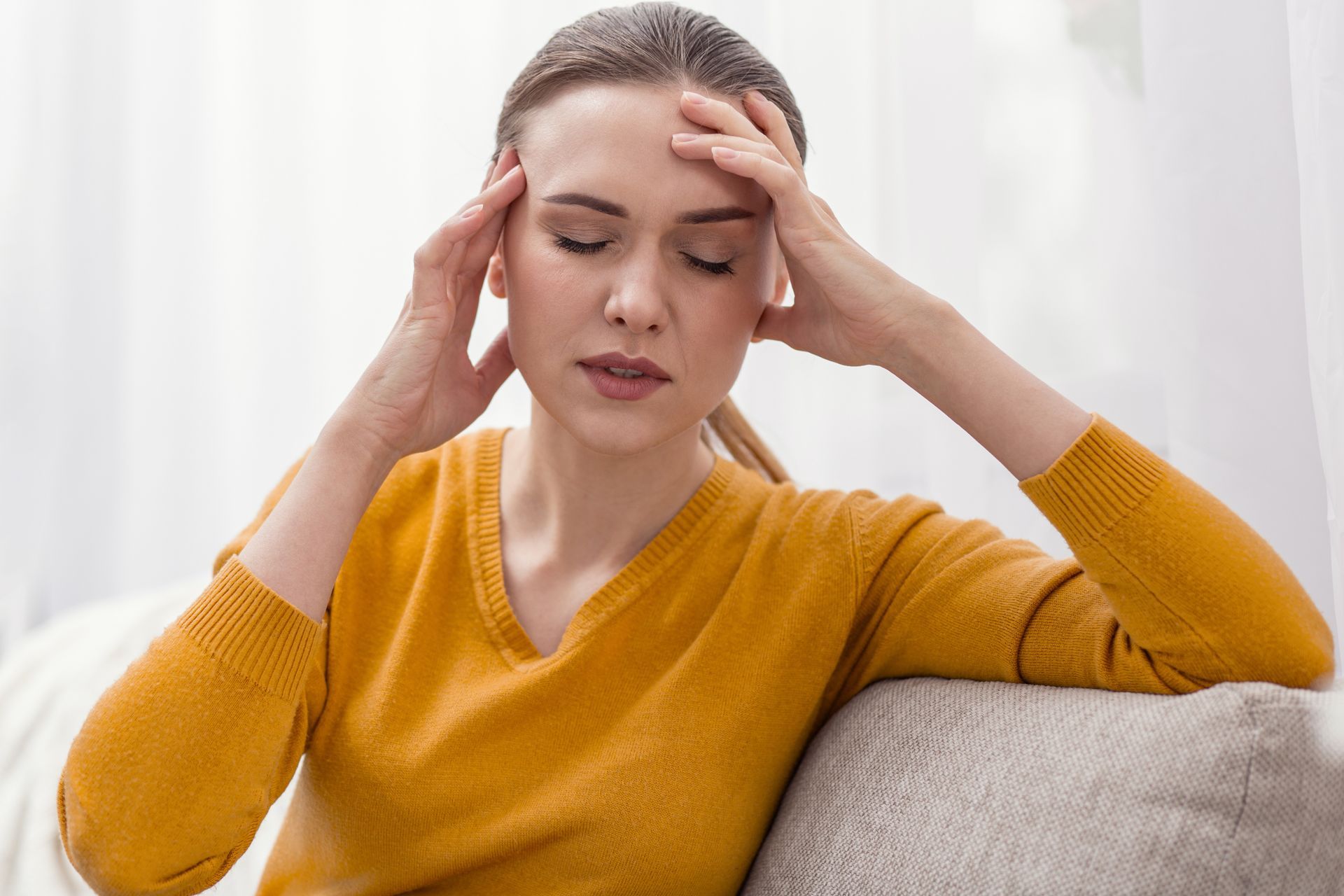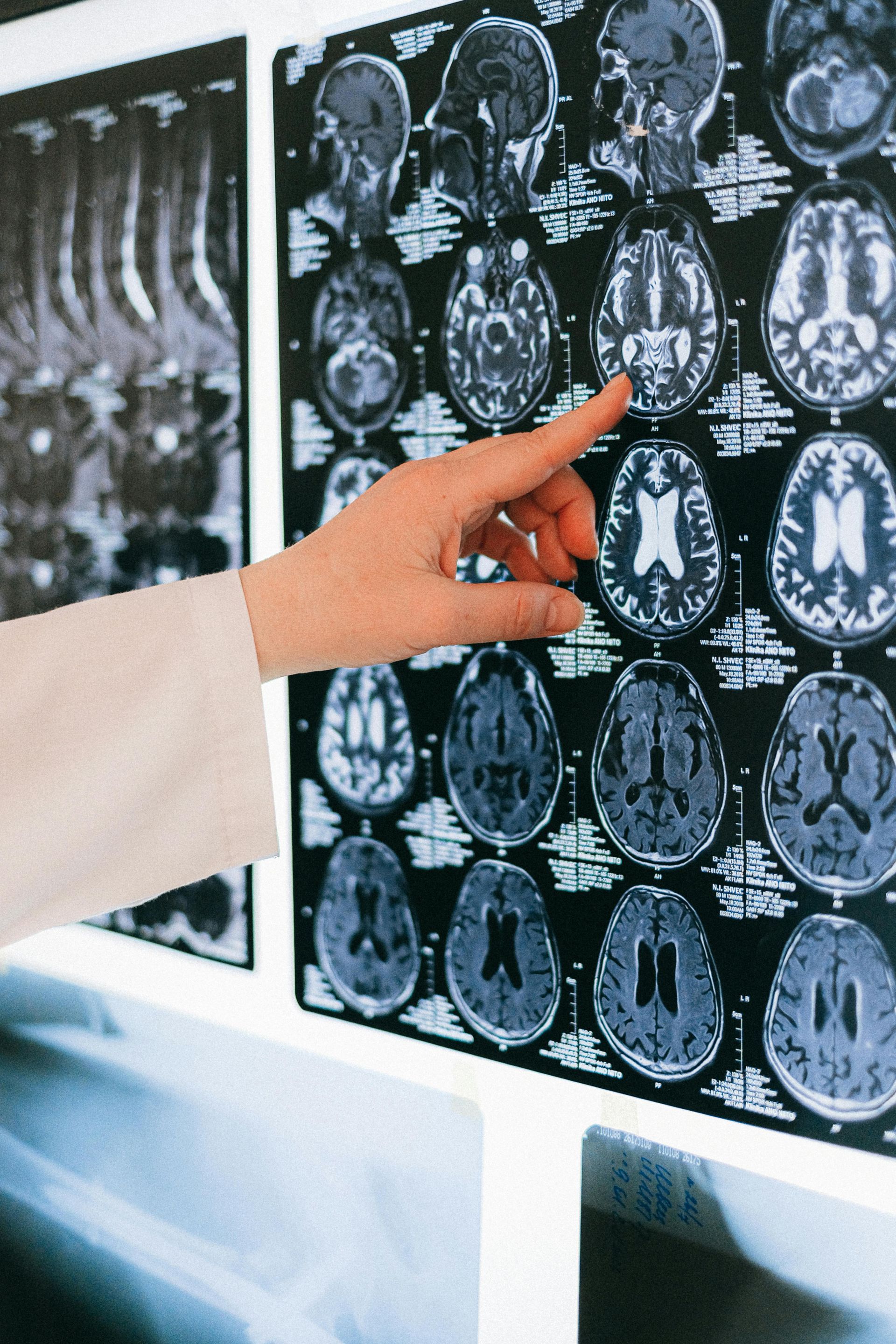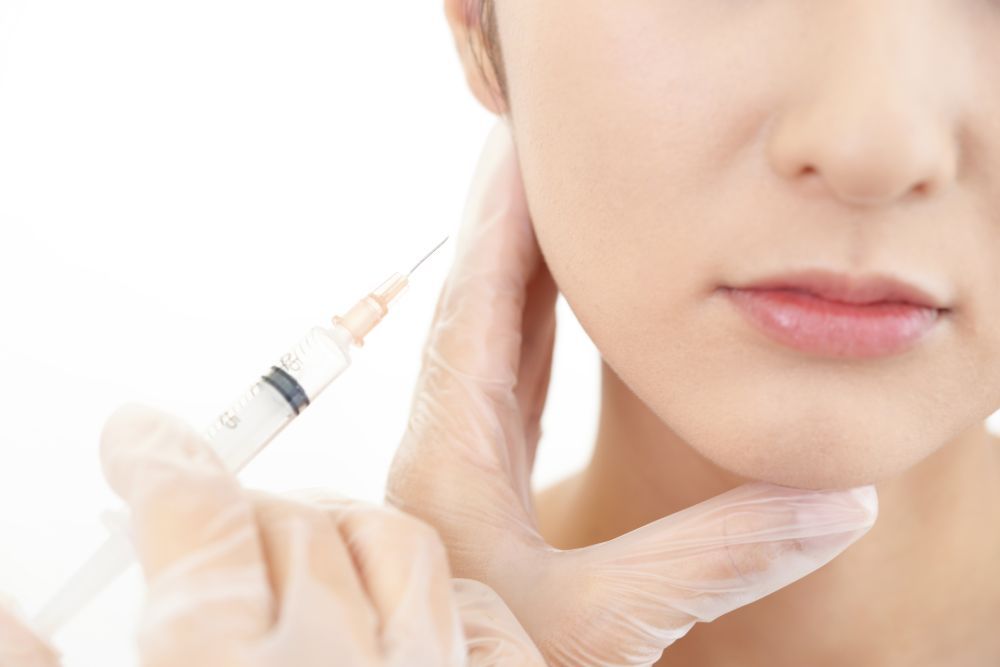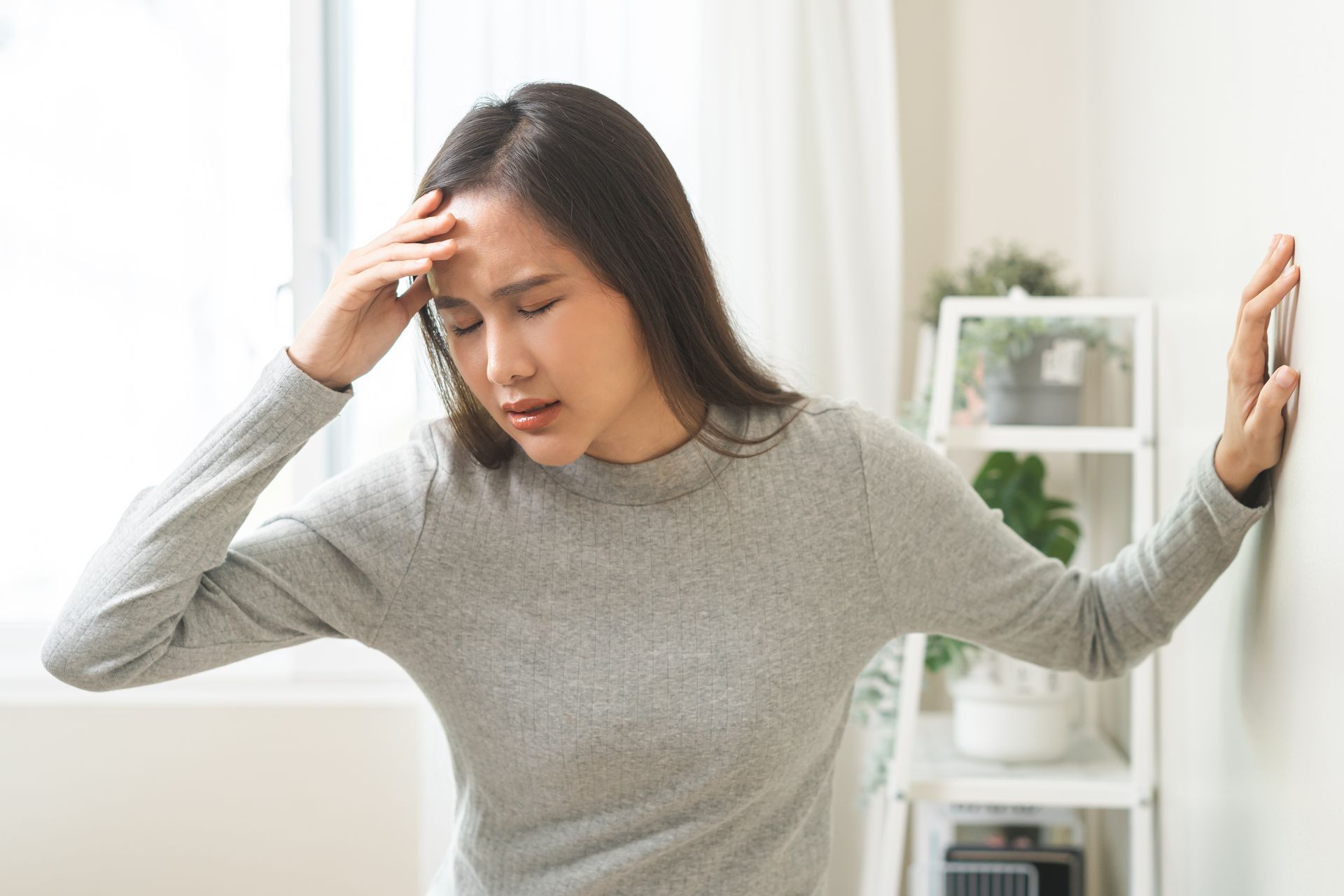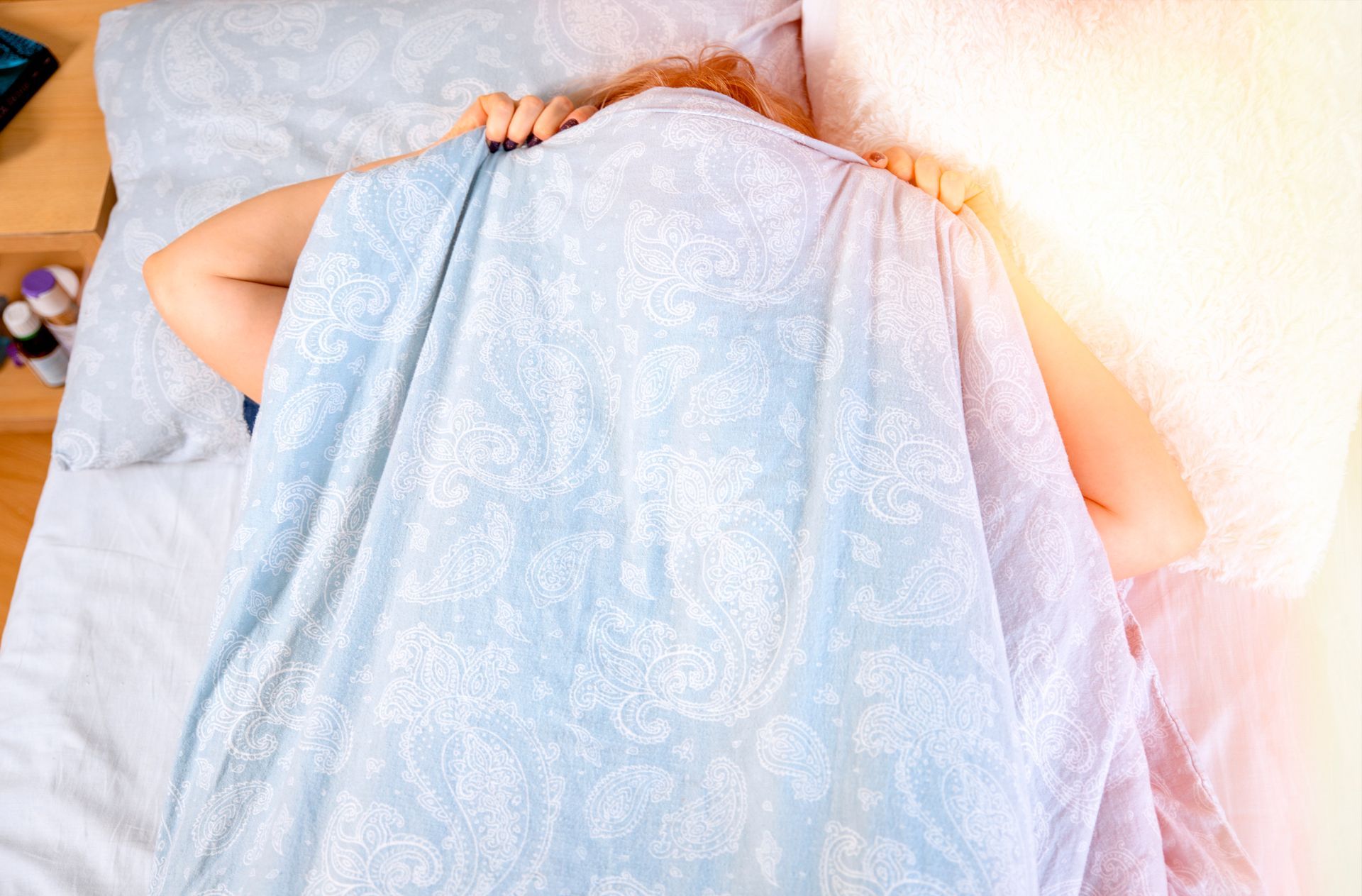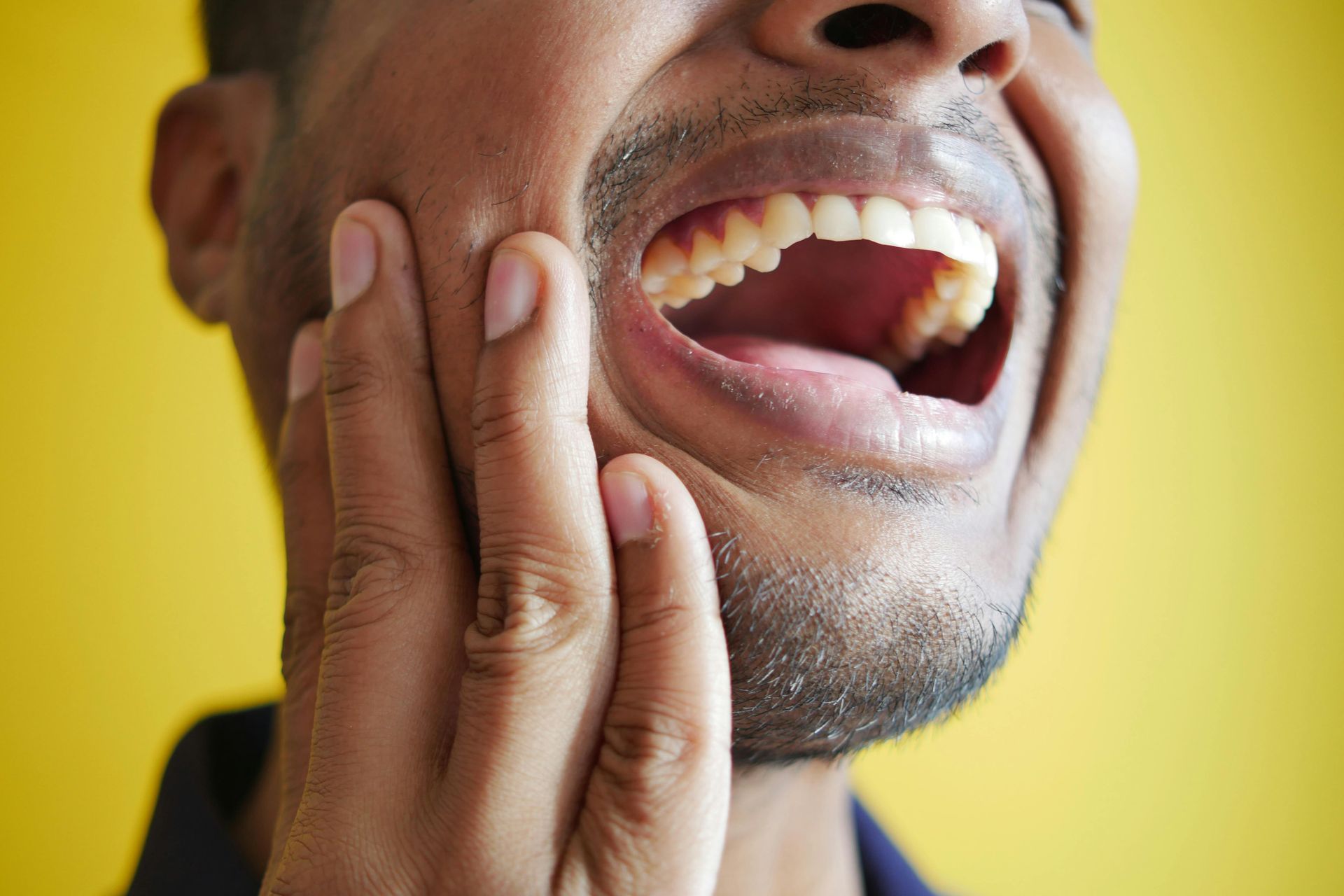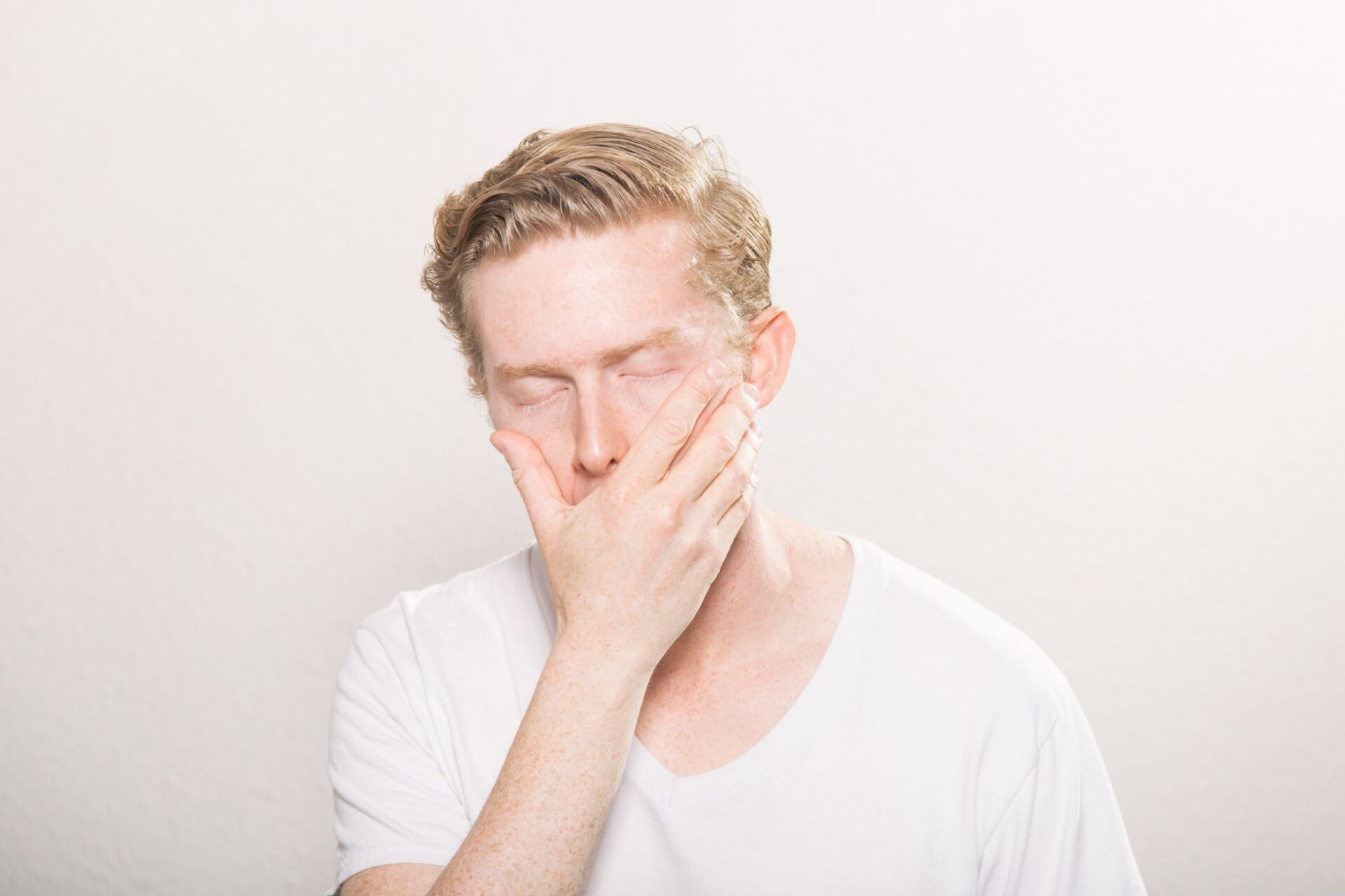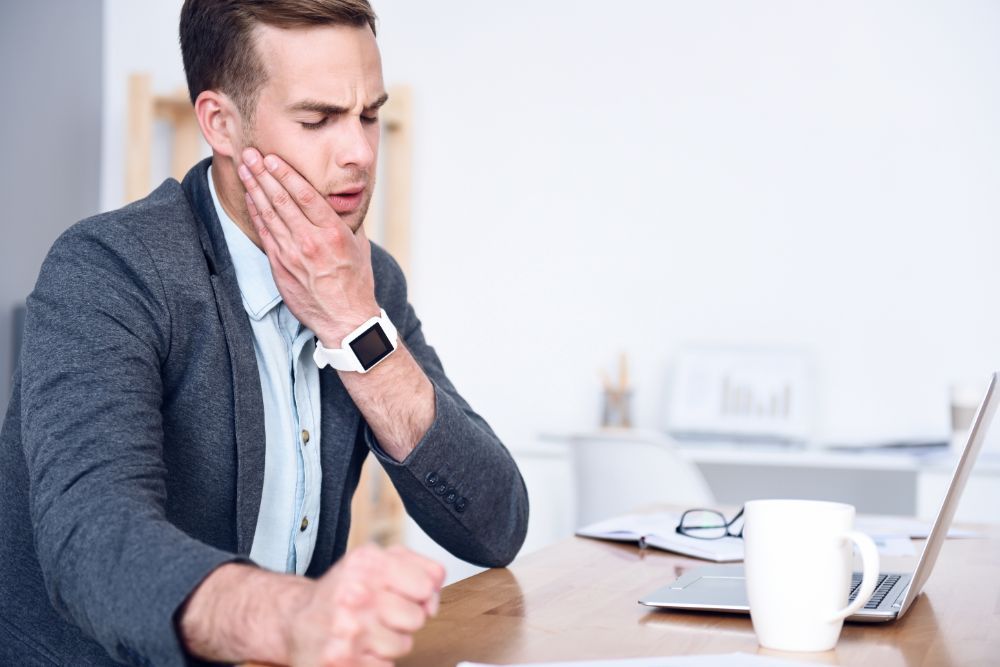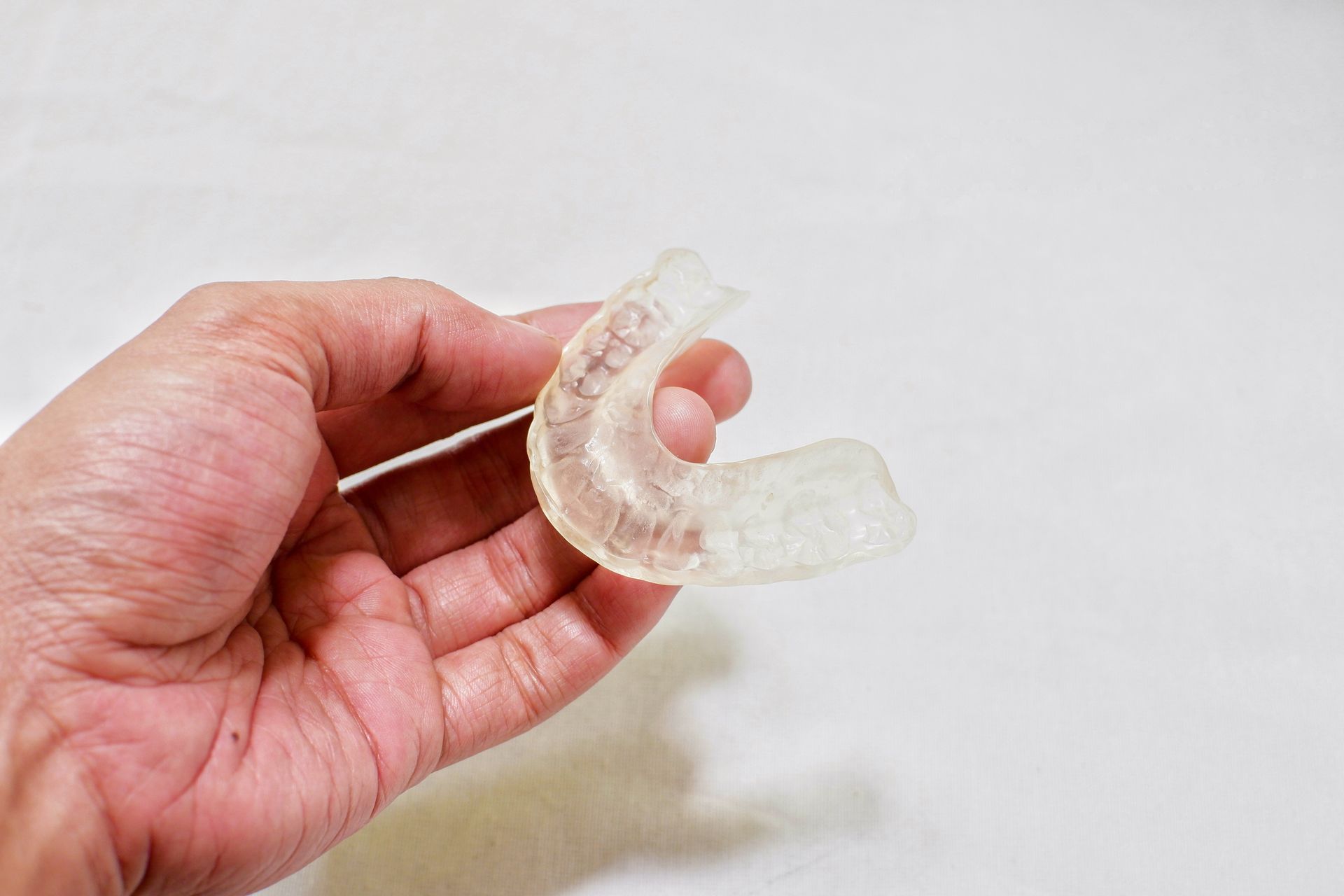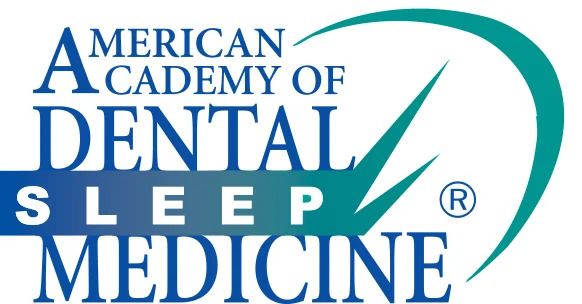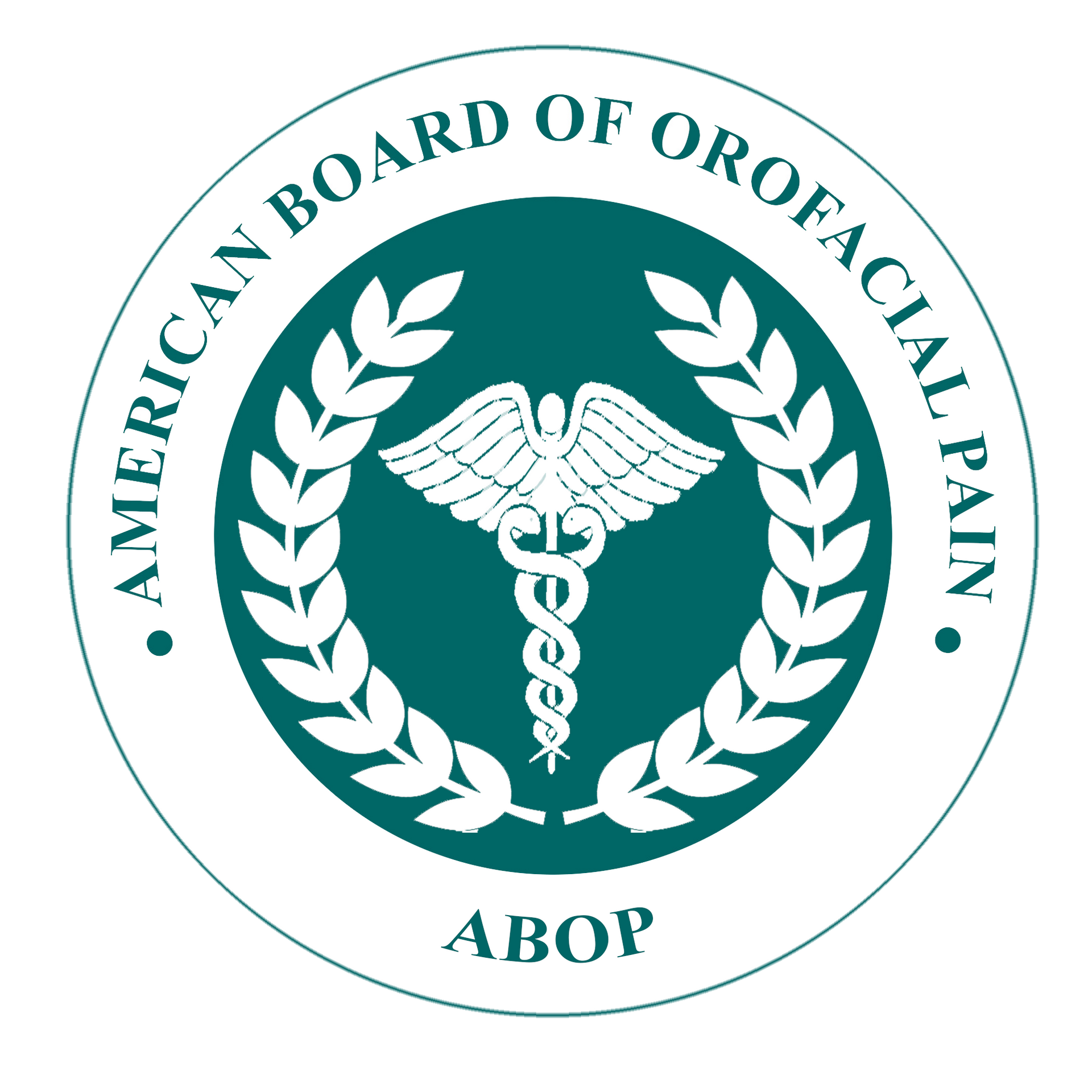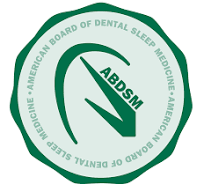Using Oral Appliance For Sleep Apnea
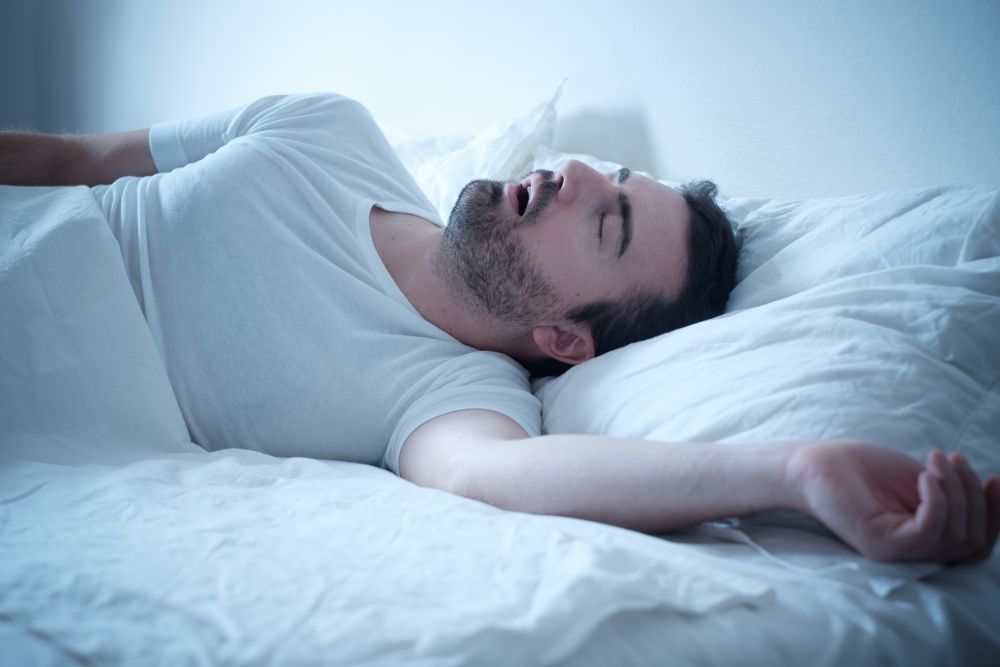
Using Oral Appliance Therapy for Sleep Apnea
Up to 22 million Americans suffer from obstructive sleep apnea (OSA), yet the majority go undiagnosed. Appropriate treatment is crucial because, left untreated or undertreated, OSA can cause a host of chronic health problems, including type 2 diabetes, depression, stroke, and chronic heart failure, to name a few. Even worse, OSA can result in sudden death.
An accurate diagnosis is the first step toward reducing or eliminating
OSA symptoms and improving your quality of life. The best treatment for you will depend on the severity of your OSA, other medical problems you may have, and the physical structure of your upper airway. Based on your individual case, you may be a good candidate for an effective, non-invasive, drug-free treatment worn while sleeping. These options are a CPAP (continuous positive air pressure) machine and
oral appliance therapy for treating mild to moderate OSA. And because there is no one-size-fits-all solution for treating OSA, sometimes a combination of CPAP and oral appliance therapy is prescribed.
What is Oral Appliance Therapy?
Oral appliance therapy involves wearing a lightweight, custom-made mouthpiece while you sleep. Used to treat OSA as well as snoring in the absence of OSA, the appliance is typically a mandibular advancement device that gently shifts the jaw forward. (The mandible forms the lower jaw and holds the lower teeth in place). It keeps the airway open throughout the night and helps prevent lapses in breathing.
Advantages of Oral Appliance Therapy
It’s good to know that if you suffer from OSA, you may have a choice in treatment options. Oral appliance therapy is easier for some people to tolerate than a CPAP, while for others, it’s merely a matter of personal preference.
Comfortable: An oral appliance for OSA looks like a sports mouthguard or an orthodontic retainer but functions differently. It should be comfortable to wear while sleeping if fitted well by an expert. For some people wearing an oral appliance may take some getting used to at first. In this case, patients gradually increase the hours of use each night over several weeks until they’re comfortable wearing it all night.
Easy to wear: The simplicity of wearing an oral appliance is apparent. Just place it into your mouth at bedtime. There’s no equipment to hook up or maintain.
Easy adjustment for your lifestyle: Oral appliances are discreet and easy to maintain. Cleaning is required, but it is as simple as brushing your appliance with antibacterial soap for a couple of minutes each morning after brushing your teeth.
Quiet: Oral appliances make no sound. They don’t use electricity or another form of energy, making them an environmentally friendly option.
Mobile: Just place your oral appliance in its carrying case and slip it into your luggage or a handbag, and you’re all set.
Visiting Your Dentist for An Oral Appliance
Specially trained dentists like
Dr. Katherine Phillips, who is board-certified in dental sleep medicine, work closely with sleep medicine physicians to treat OSA with oral appliance therapy.
What to expect at your first visit: Your dentist will talk with you about the benefits of oral appliance therapy, discuss potential side effects, and examine your teeth, tongue, jaw, and airway, and likely take images of the area.
If you are a good candidate for oral appliance therapy, a digital or physical impression of your teeth will be taken, and the model sent to a dental lab that creates your custom-made appliance. When it’s ready, you will return to the dentist for fitting and adjustments and information about cleaning and maintaining your appliance.
Expect to go to follow-up dental visits to ensure fit and effectiveness. A qualified sleep dentist will work to make sure you reach a therapeutic position in the oral appliance and manage any side effects you may experience. Your sleep doctor may also recommend an additional sleep study to verify how the treatment is working for you.
- Cost: Out of pocket costs vary from one provider to another. In many cases, health insurance will cover part of the costs if a patient is intolerant to CPAP or has mild or moderate OSA.
- Side Effects: Potential side effects include but are not limited to excessive salivation, dry mouth, tooth and jaw discomfort, and tooth shifting. It’s important to have a sleep dentist who is familiar with treatment side effects and how to mitigate their effects.
- Finding a qualified dentist: Qualified dentists, such as Dr. Katherine Phillips, have extensive, advanced training in oral appliance therapy treatment. If you are uncertain how to find one, ask your sleep medicine physician for a referral.
- Fitting the Oral Appliance: An ill-fitting appliance reduces its effectiveness. Qualified, experienced dentists in oral appliance therapy have the knowledge and skills to fit your appliance correctly.
How Oral Appliance Therapy Treats Sleep Apnea
As outlined earlier, oral appliance therapy treats OSA by adjusting the jaw slightly more forward and down more than usual to help keep the upper airway open so you can breathe freely. Your dentist will fit your new appliance and continue to make adjustments from two to six months afterward. The goal is to let your jaw muscles get used to being pulled into new positions and gradually make adjustments to minimize side effects and optimize oral appliance treatment.
FAQs
Below are three of the common questions asked about oral appliance therapy.
- Does oral appliance therapy have side effects? As mentioned above, possible side effects include tooth and jaw discomfort and possible tooth shifting. Seeing an experienced, qualified dentist for oral appliance therapy can help minimize the chance of side effects.
- What are the different types of oral appliances? The most common oral appliances are mandibular advancement devices, mandibular advancement splints, mandibular repositioning appliances, and tongue retaining devices.
- How do I find the right oral appliance? Your qualified dentist, working with your sleep medicine physician, will recommend the appliance that can best fit your needs.
Next Steps
If you know or suspect you have obstructive sleep apnea and would like to see if you’re a good candidate for oral appliance therapy, find out how Dr. Katherine S. Phillips can help you find relief. Schedule an appointment today. She works closely with sleep medicine physicians and other medical specialists to treat OSA and creates individualized treatment plans that include custom-made oral appliances. As a board-certified sleep dentist, who also holds a Master’s degree and is board-certified in orofacial pain treatment, Dr. Phllips dedicates her practice to treating sleep disorders, including obstructive sleep apnea, as well as TMD. She will develop a customized treatment plan to meet your individual needs best.
-2700x842-1920w.png)




